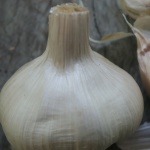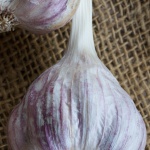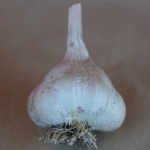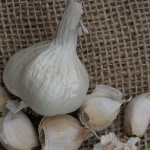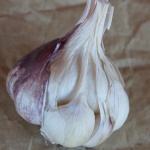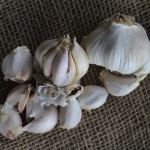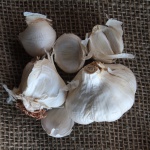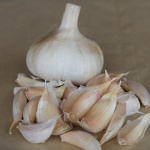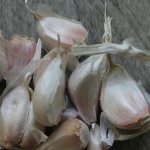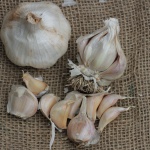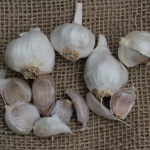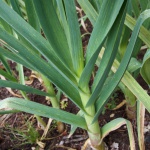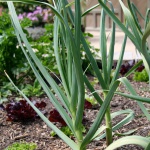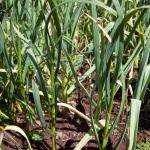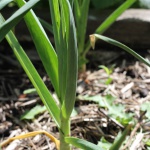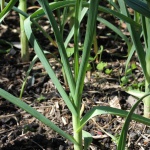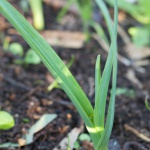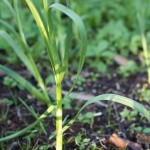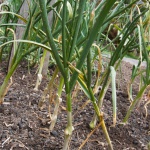Artichoke Group
Softneck – Non-bolting
Artichoke garlics are one of the most commonly grown and best known groups. Many big commercial growers only grow Artichoke garlics because of their wide adaptation and ease of growth. Softneck or non-bolting garlics are easier to handle, harvest and clean because they don’t usually form scapes. In the USA Artichoke cultivars California Early and Late represent a large proportion of the big commercial crops.
Some of our cultivars such as Australian White and Cream (D&S) were developed from Californian cultivars. Many of the cultivars imported by the AGIA in 1994 were Artichoke cultivars because these represented the best chance of being commercially successful.
General Information
| Flavour | Workhorse of Australian garlic with simple, direct, vegetative flavours, mild to hot. The best are more complex with longer lasting developing flavours. Roasted: Mild, sweet, earthy flavour, holds well. Sautéed: When sautéed until crisp has delicious mild garlic flavour. |
|---|---|
| Storage | Medium to long, 6-8 months. Most plait well because there is no scape. But those that form bulbils in the pseudostem cannot usually be plaited. |
| Growing location | Grows from southern Queensland to Tasmania on the east coast. And South Australia and Western Australia. Type 2 cultivars like Southern Glen, Glenlarge, Italian Pink and Italian Red are day-length neutral and do really well in Northern NSW, Southern Queensland and mid Western Australia. |
| Growing requirements | Widely adapted to a number of climates but does best in regions with hot, dry summers and low humidity. Type 2 does well in more humid regions. |
| Planting and harvest | Early to mid-season. Type 2 early. |
Bulb
| Shape |
Large flattened or teardrop shaped. Some round and symmetrical, others lumpy and oblong and asymmetrical. Type 2 usually teardrop shaped. |
|---|---|
| Skin colour and texture | Thick, coarse, off white to pale mauve. Often with mauve blotches especially in colder climates. Type 2 some thinner, some with stripes. |
Clove
| Number and layout | Multiple clove layers, usually 3. 12-20 cloves. |
|---|---|
| Size and shape | Plump, squarish but irregular shape often 3 flattish sides, inner cloves taller and narrower. Some with two bigger cloves at either end. |
| Skin colour and texture | Off white to tan, sometimes pink blush to tip or base. A few have strong colours. Type 2 may be dark or pale pink all over. Hard to medium to peel. |
Plant
| Size and shape |
Short, wide and spreading. Type 2 taller, narrow, floppy with thin pseudostem. May fall over when mature. |
|---|---|
| Leaves |
Broad, mid to pale green, sometimes more yellow. 45° angle to stem. Fold in middle. Type 2 more narrow and bright green. |
| Young plants |
Smaller version of adult plant, quick to get going. Type 2 slender fast growing and upright. |
| Matures |
Early to mid-season. Type 2 early, sometime bending over near maturity |
| Scape | Not usually present. |
| Umbel and beak | Not usually present. |
| Bulbils and flowers |
No flowers and usually no bulbils, but type 2 and some others will produce 1-3 bulbils in the pseudostem especially when stressed by cold or drought. Medium bulbils about 60mm, with red to purple skins. Planted bulbils will grow into small bulbs or medium rounds in the first year. |
